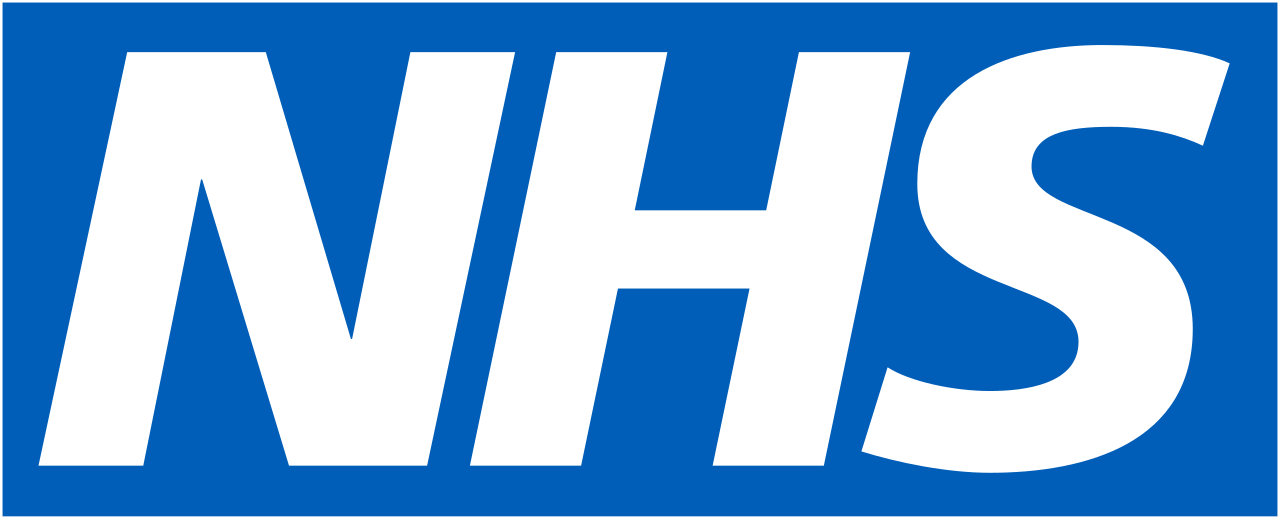Case Studies
The NWCSP and First Tranche Implementation Sites have gained valuable learning through implementing the NWCSP recommendations for lower limb care. Putting the recommendations into practice in organisations of different sizes with different structures has helped the NWCSP to develop a good understanding of best practice that can be applied to other healthcare settings to help improve lower limb care on a wider scale.
We have created a series of case studies to present the learning and achievements of the sites who have been implementing the lower limb recommendations. These case studies show a range of adjustments to working practices to help improve care for people with leg and foot ulcers.
- Clinical pathway changes
- Patient involvement
- Wound care education
- Funding new services
- Supported self-management
- Piloting new clinics
- Wound management digital systems
Hull City Health Care Partnership (CHCP) carried out work to create a comprehensive, streamlined clinical pathway for leg and foot wounds. They also redesigned their existing services to offer a dedicated service for leg and foot ulcers.
If you work in or for health and social care, you can find further information on this case study via the FutureNHS Case Study Hub.
Case Study: Establishing ‘First Assessment Clinics’ to improve lower limb wound care
– Download
Manchester University Foundation Trust (MFT) developed, piloted and implemented a patient survey to ensure that a new co-designed leg ulcer service would meet patients’ needs.
If you work in or for health and social care, you can find further information on this case study via the FutureNHS Case Study Hub.
Case Study: Conducting a patient survey to inform the co-design of a leg ulcer service
– Download
Mid and South Essex Community Collaborative established wound care education resources as mandatory learning to give staff relevant wound education for their role. These resources were developed by NWCSP and Health Education England.
If you work in or for health and social care, you can find further information on this case study via the FutureNHS Case Study Hub.
Case Study: Improving wound care knowledge and skills in the workforce: mandating online wound care education
– Download
Wye Valley NHS Trust successfully redirected vacancy funding to support dedicated Lower Leg Ulcer Nurse Specialist roles. These roles spanned the ambulatory and housebound population, increasing patient access to specialist advice and releasing nursing time.
If you work in or for health and social care, you can find further information on this case study via the FutureNHS Case Study Hub.
Case Study: Creating Lower Leg Ulcer Nurse Specialist (LUNS) roles from unfilled community nursing vacancies to improve Leg Ulcer Service provision within Wye Valley
– Download
Kent Community Health NHS Foundation Trust adapted the local process for empowering patients and enabling supported self-management to ensure a consistent approach to lower limb care across the Trust. This included the adaption of NWCSP resources for local use and the use of the NWCSP Assessment for Shared Care to create the criteria for new resources.
If you work in or for health and social care, you can find further information on this case study via the FutureNHS Case Study Hub.
Case Study: Designing an approach for Supported Self-Management in Wound Care – Download
Livewell Southwest piloted nurse-led vascular diagnostic clinics in the community. It was agreed that a Leg Ulcer Specialist and the Vascular Nurse Specialist would be present for each clinic, with rotation of the community Leg Ulcer Nurse Specialists to develop relationships, skills and knowledge.
If you work in or for health and social care, you can find further information on this case study via the FutureNHS Case Study Hub.
Case Study: piloting nurse-led vascular diagnostic clinics in the community – Download
Livewell Southwest agreed to undertake a 6-month trial of a Wound Management Digital System (WMDS), primarily focusing on capturing wound images and basic wound care information such as wound dimensions.
If you work in or for health and social care, you can find further information on this case study via the FutureNHS Case Study hub.
Case Study: Engaging and enabling staff to increase uptake of a Wound Management Digital System – Download
Get involved
Sign up to our stakeholder forum to receive consultation surveys, newsletters and more.


Follow Us
Get involved
Information

